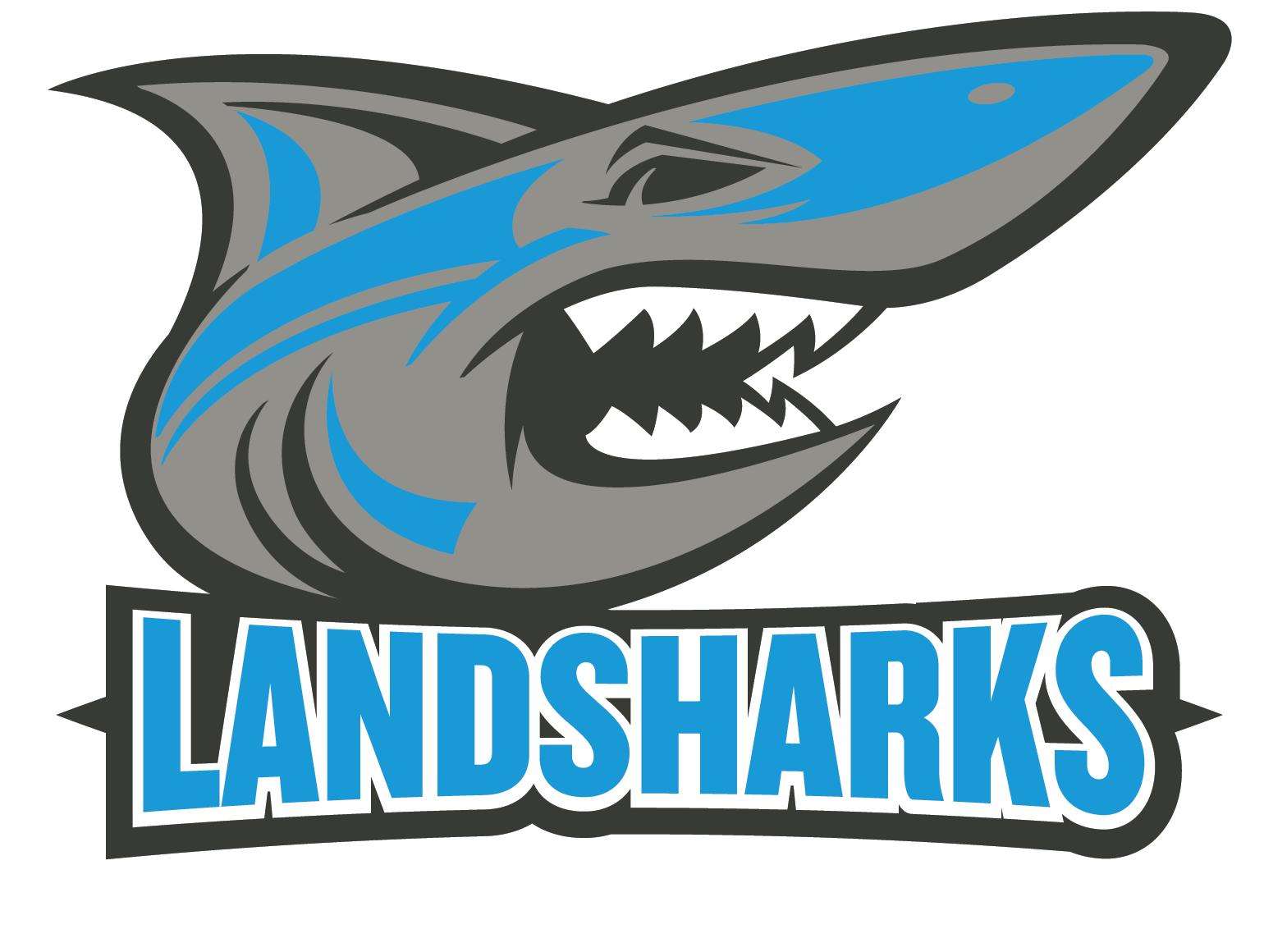Teaching for Extension and Application

Introduction
In 2012, Dr. Mariale Hardiman published a book entitled “The Brain Targeted Teaching Model for 21st Century Schools.” Dr. Hardiman and her team of researchers at Johns Hopkins University spent several years conducting and reviewing neuroscience research on how children’s brains function in the learning environment. From this research, Dr. Hardiman and her team constructed a model for classroom teaching that is based on scientific evidence of the best practices in teaching and learning. Brain Targeted Teaching® is based on six “targets” that educators should strive to address when preparing and delivering units, lessons, etc. The targets are as follows:
- Target 1: Establishing the Emotional Climate for Learning
- Target 2: Creating the Physical Learning Environment
- Target 3: Designing the Learning Experience
- Target 4: Teaching for Mastery of Content, Skills and Concepts
- Target 5: Teaching for Extension and Application of Knowledge
- Target 6: Evaluating Learning
Earlier this year, US Lacrosse was invited to participate in a roundtable discussion at The Center for Transformative Teaching and Learning. Our Education and Training staff was so intrigued by Dr. Hardiman’s model, that we immediately recognized its’ potential impact on the lacrosse community and were compelled to dissect it and rebuild it into a model for lacrosse coaches everywhere. We call it Brain Targeted Teaching for Coaches®.
Target 5: Teaching for Application and Extension
Scenario: What is the best way to teach kids to pass the ball to a location where their partner can receive it? Overhand? Sidearm? How about 3/4 or behind the back? The correct answer is “That
depends.” It depends on the situation that the athlete is in at the given time he/she needs to make the pass. There is really no right or wrong answer, and that is why Teaching for Extension and Application is so important.
Coaching Implications: Target 5 relates to expanding instruction so that students are given the opportunity to think creatively by applying the skills and content in meaningful, active, real-world problem solving tasks. This is grounded by the idea that it’s not just good enough to know something, but you have to know what to do with what you know. Activity that promotes divergent thinking leads students to generate multiple and varied solutions and approaches to finding solutions. Let’s start putting athletes into positions where they must use one or more of the techniques. In doing that, the athlete becomes better prepared for the difficulties that lie ahead. This enhances their ability to problem solve. “Traditional” education relies heavily on convergent thinking, that is where students are encouraged to find a single, right solution to a problem. Sport is exactly the opposite. There is no black or white answer to the various situations that arise on the field. Everything is grey because of all the variables involved. We must teach and promote divergent thinking for players to be successful.
Strategies for Implementing Teaching for Extension and Application :
1. Free Play
Set aside some time to allow the players to experiment with what you have taught them, and allow them to make it their own. There are too many drills to count, where as a coach you can take the reigns off of the team and allow them to improvise. There are some very high-level college teams where the coach puts the athlete at the forefront of the decision making process and the athletes are “allowed” to solve their own problems. Some players have developed what many refer to as creativity or they have an ability to make plays out of seemingly broken situations. Upon closer examination, these two facets of their game are really skills that have been or could be developed by Teaching for Extension and Application.
2. Discussion/Reflection
Ask the athlete what he or she would do. This will force them into taking the prior knowledge you have imparted on them and developing a solution. Open discussion to solving a problem often leads to new solutions. Often times coaches find themselves giving the player a “You should have _________ in that situation.” Reframing the correction, the coach can ask the player, “What could you have done in that situation?”
3. Collaborating in Group Activities
If asking one athlete for a solution can generate several different possible solutions, what happens if we ask them to form a group and develop a solution? Let’s say for example, you show your offense a film or a diagram of the opposing team’s defensive strategy. Give them a few minutes to talk, diagram their own counter-strategy, and then report back their plan for scoring against it. Would this create players that are extending and applying their current knowledge? Certainly. IF they are doing the exercise correctly, they would evaluate each offensive and defensive players strengths and weaknesses, create a desirable match-up with the opponent, then figure out a method to exploit the favorable match-up. This may take some guidance from the coach at first, but over several attempts and trials, the athletes would start figuring out how to strategize on their own. This doesn’t replace the need for a coach to guide them and help them. What it does is creates problem solvers, using their prior lacrosse knowledge in a whole new context that will only help them continue to grow as athletes.


Got something to say?